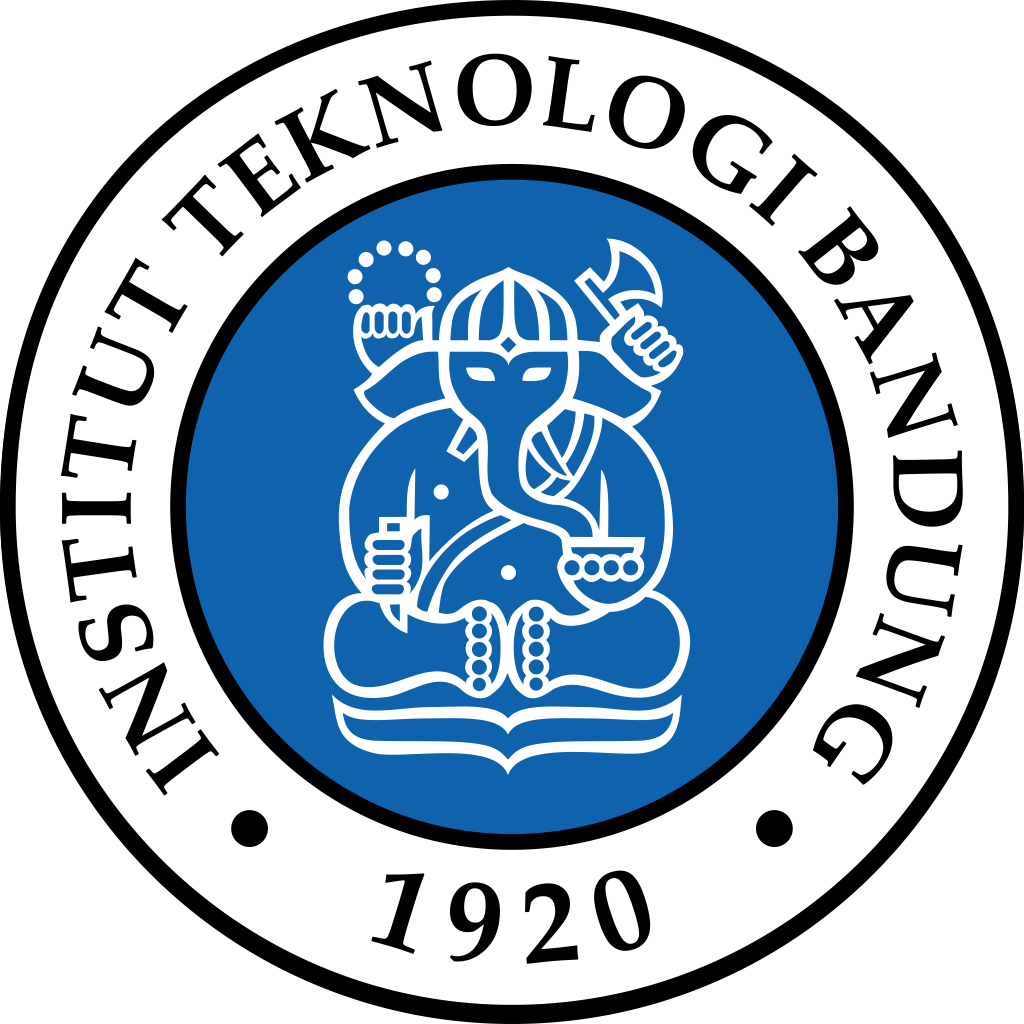Authors: R G Dewi1,2, D Srikaton1, S Sitorus1, G N Sevie1, P Bunga1 and S Permata1
CO2 fixation for climate change mitigation actions through photosynthesis can be carried out by growing intensively managed microalgae. The capability of microalgae in the CO2 fixation is favourable compare to trees or crops, yielding three to five times more biomass per land area than typical plants. Another interesting feature of microalgae is microalgal farms can use arid, semi-arid land or highly saline water, which is practically not suitable for agriculture and other biomass production activities. In addition, algae biomass contains fibre, fatty acid, lipid, protein, polysaccharide, and hydrocarbon. These materials could be extracted for biofuels or biochemicals. Biofuels derived from microalgae are environmentally friendly and carbon neutral. However, microalgal farming seen only for producing biomass as sources of fuels and chemicals probably uneconomical. The yields of microalgal farm to produce fuels/chemicals are also low. Therefore, microalgal farm with the objective of solely producing fuels/chemicals is economically unfeasible. If it is designed for CO2 mitigation measures and all at once for fuels/chemicals production, such endeavour could be economically justifiable. This paper presents results of a research on microalgae cultivation for producing biomass and hydrocarbons for biofuels that simultaneously fixing the CO2 emissions from coal power plant effluent through photosynthesis process, which also for the implementation of circular economy concepts. A strain of ‘Botryococcus Braunii’ microalgae, which known can produce high hydrocarbons and lipids throughout its growth period has been used. The research identified and evaluated the effect of cultivation medium and CO2 concentration to the growth rate, biomass production, lipid and hydrocarbon content and type. The microalgae were cultivated in bioreactor supported with airlift system for supplying CO2/air and for mixing process. Results of the research show that modified Chu13 (MChu13) is appropriate cultivation medium for the growth, hydrocarbon/lipid production, and CO2 fixation from B. braunii. The magnitude of biomass production in MChu13 is 0.145 g/L.9days, while in modified BG11 is 0,118 g/L.9days, Bold Bassal Medium (BBM) is 0.09 g/L.9days, and Bristol is 0.023 g/L.9days. This biomass production rate is in lined with the CO2 fixation rate. In MChu13 the dry weight of B.brauni is 0.268 g/L.7days while in Bristol only 0.229 g/L.7days.
